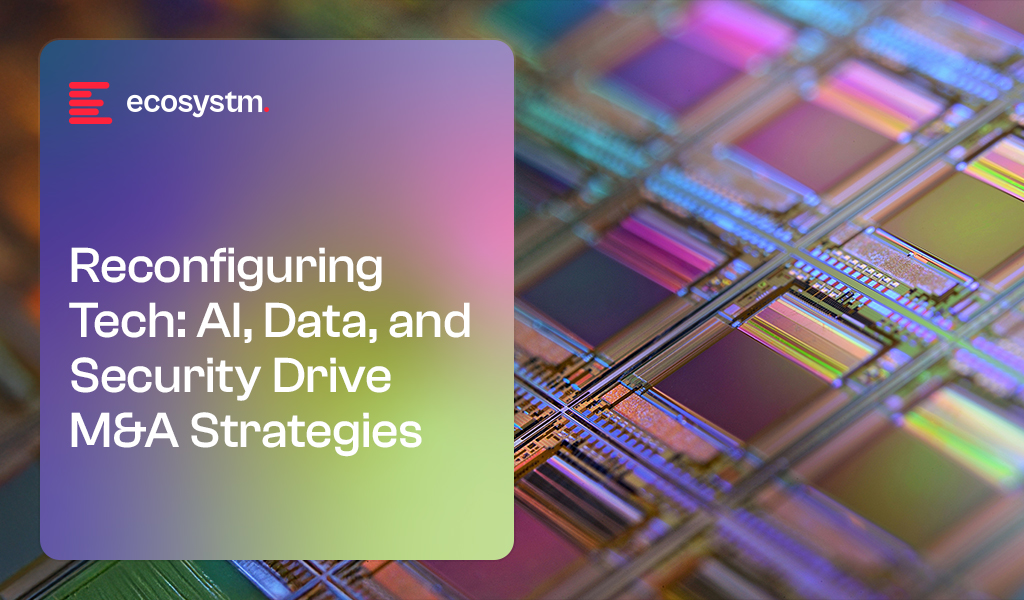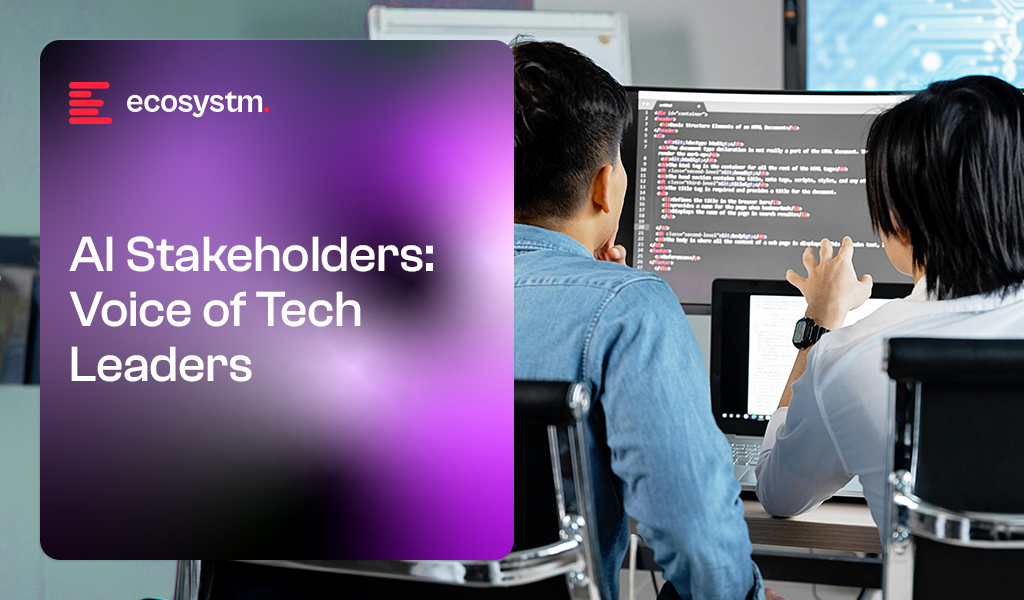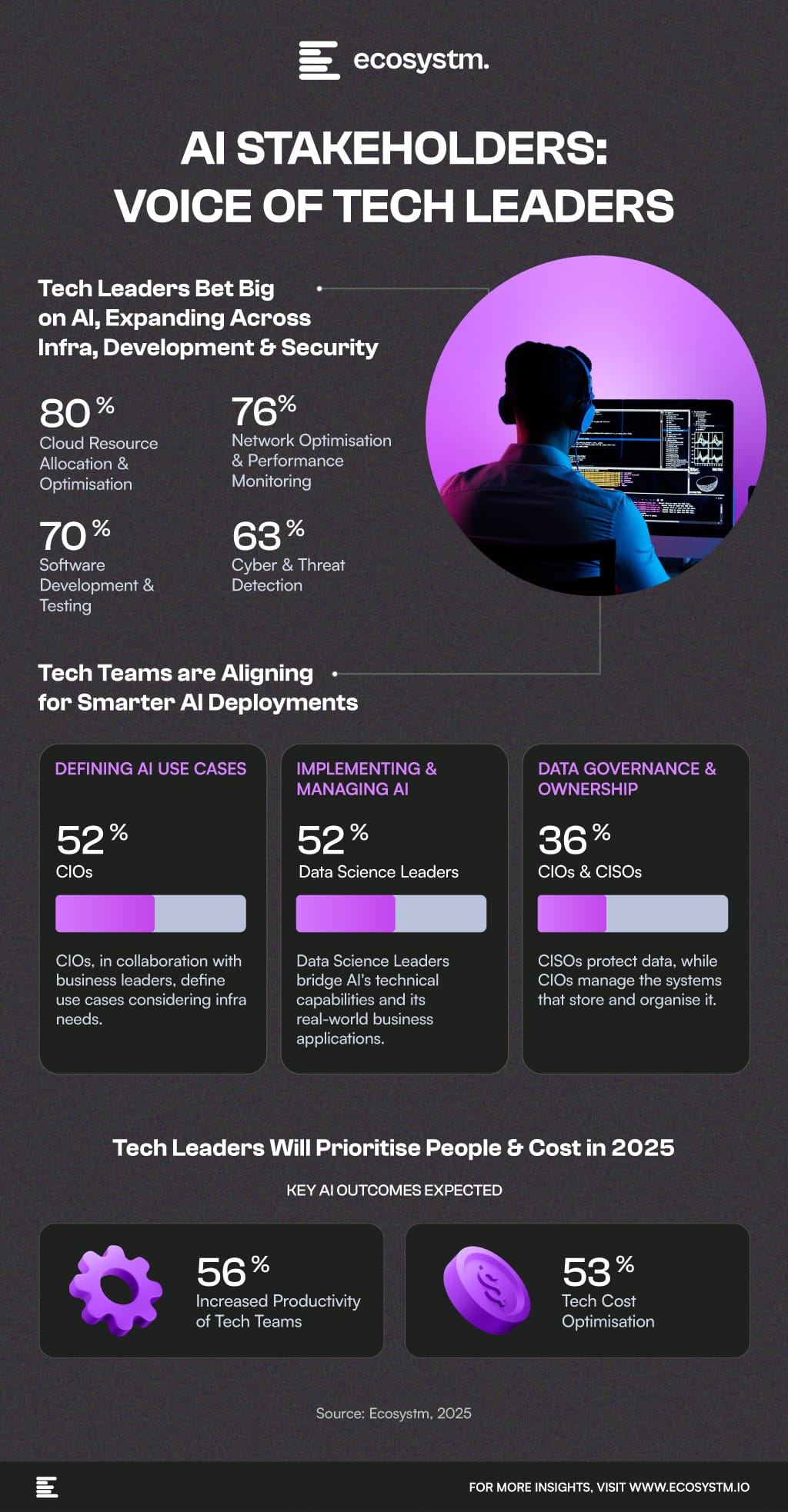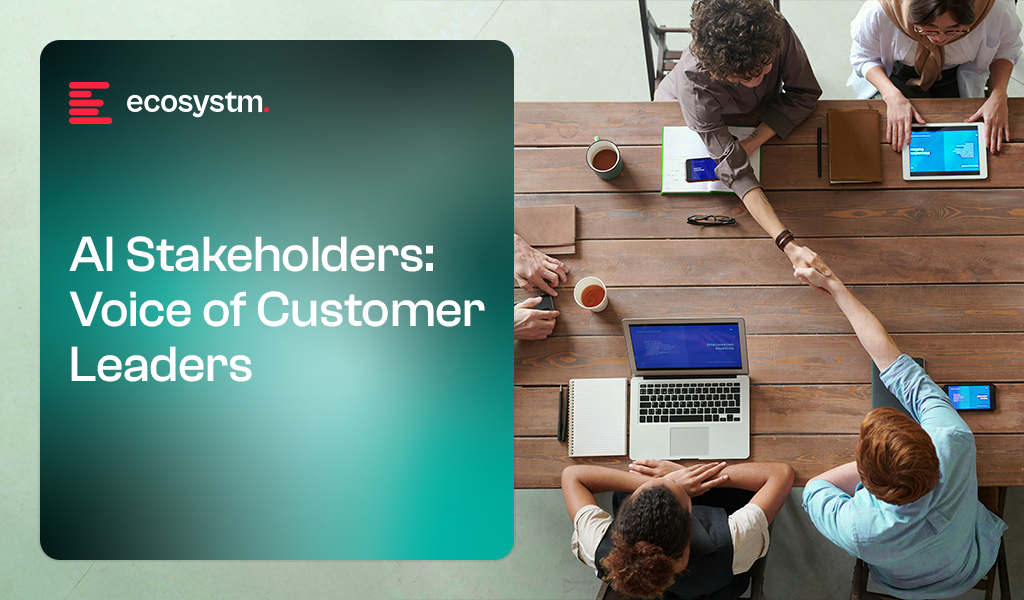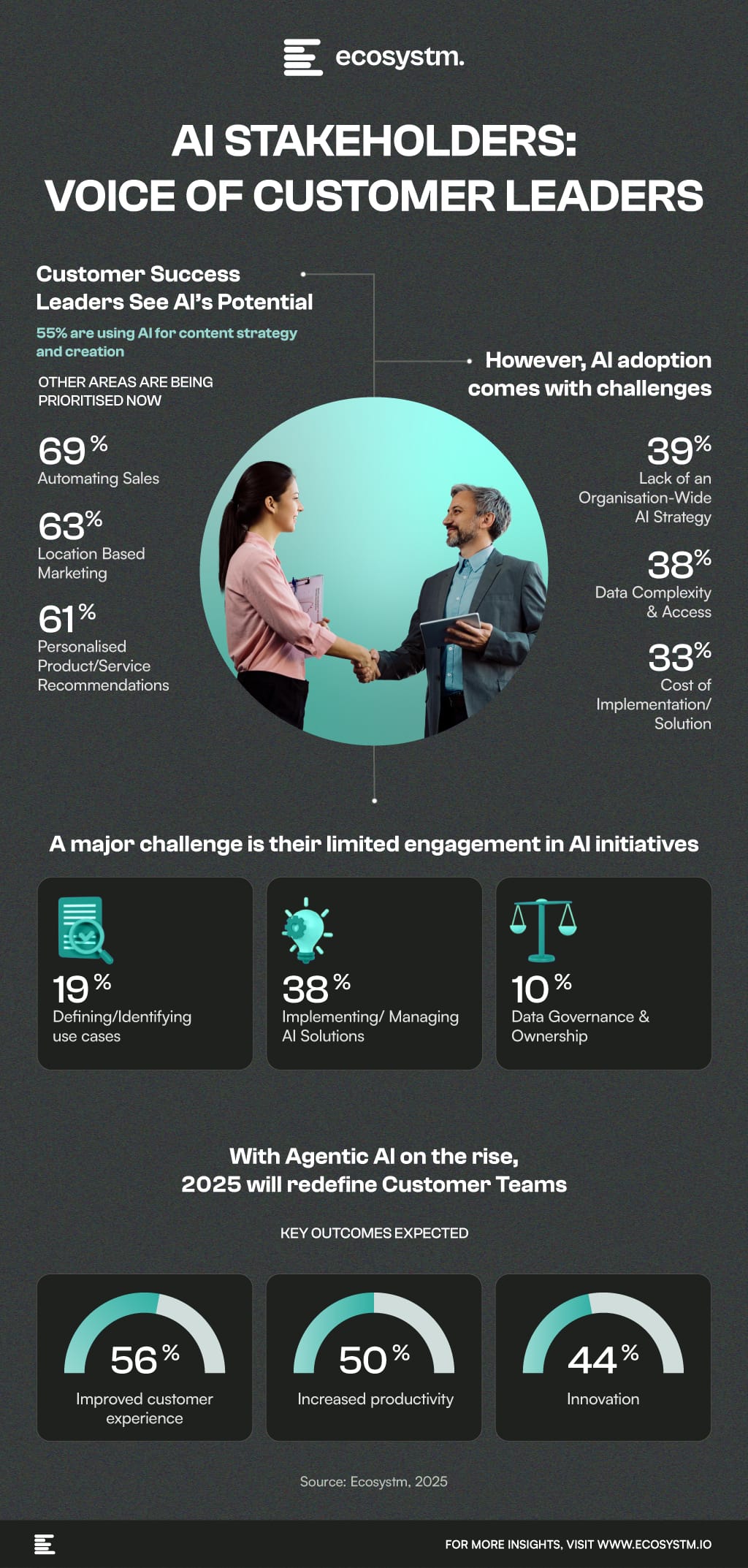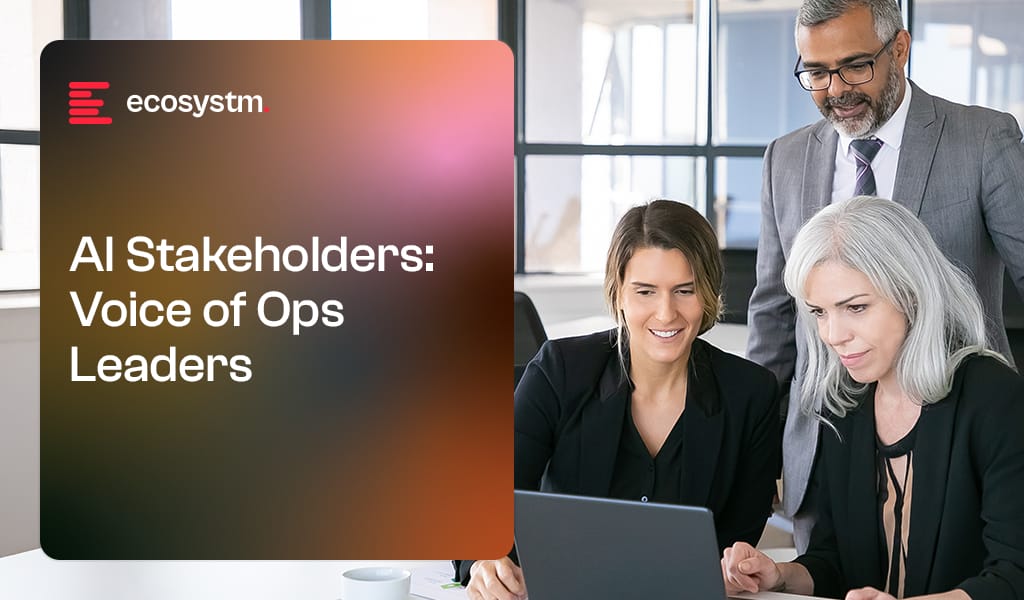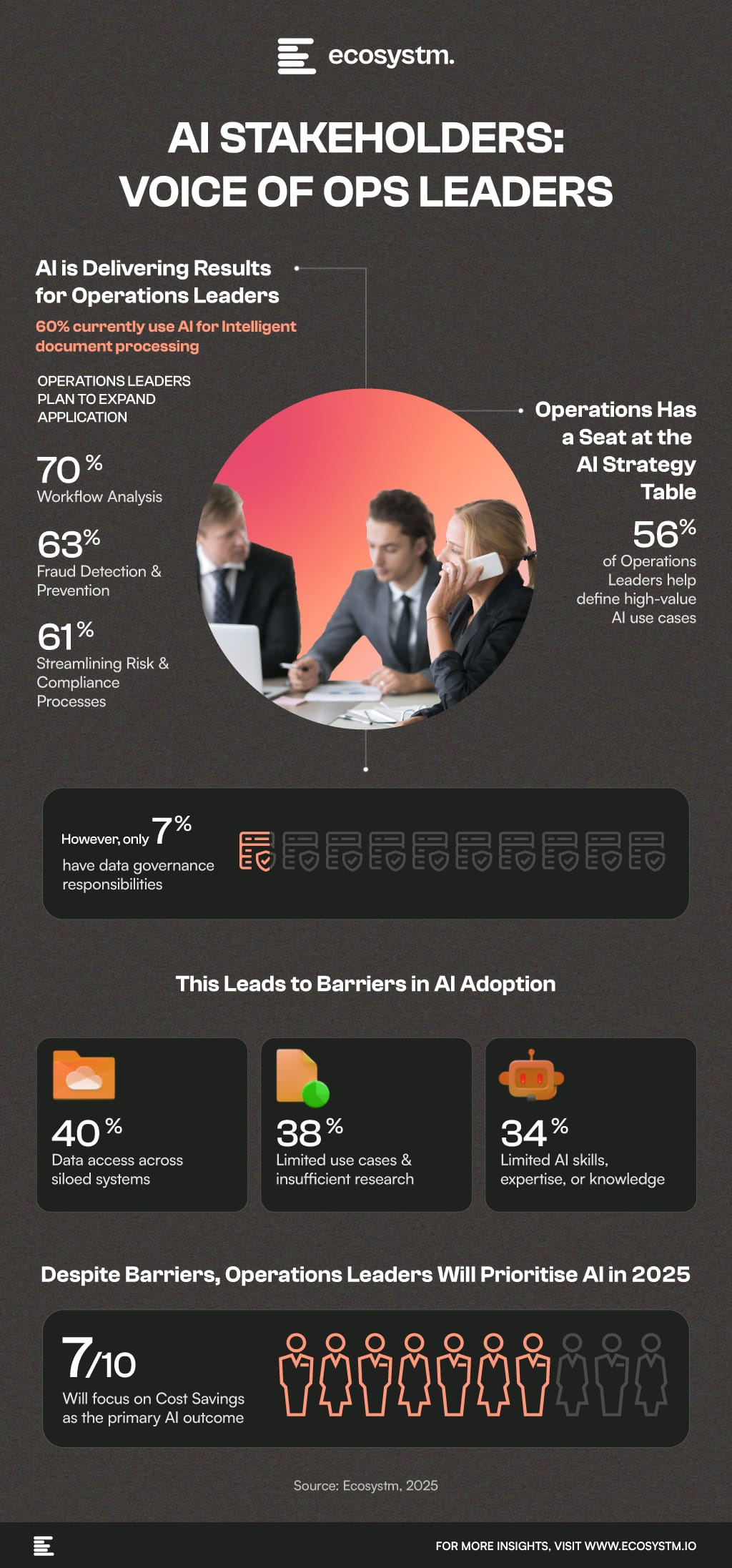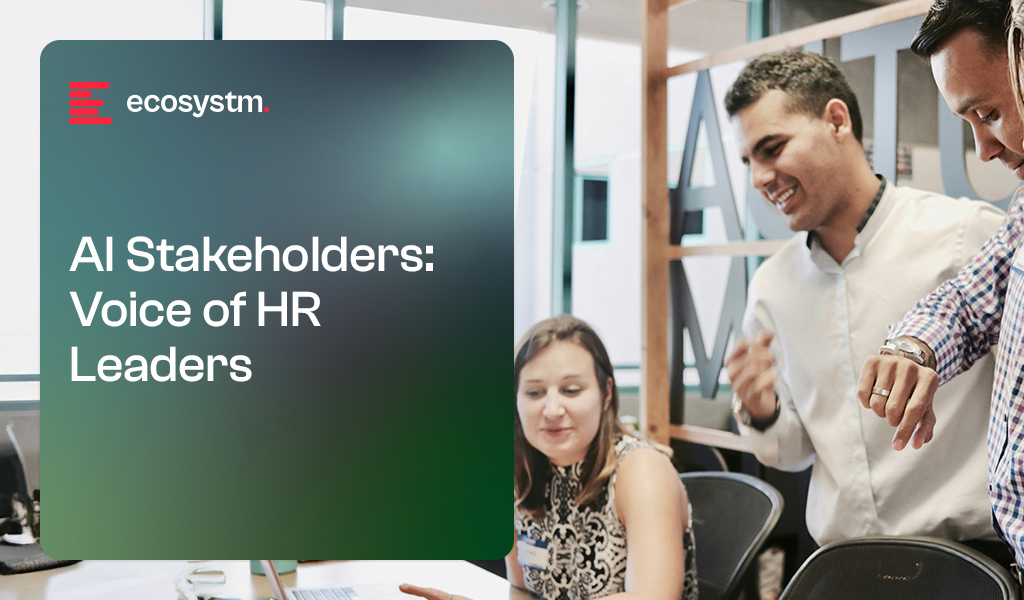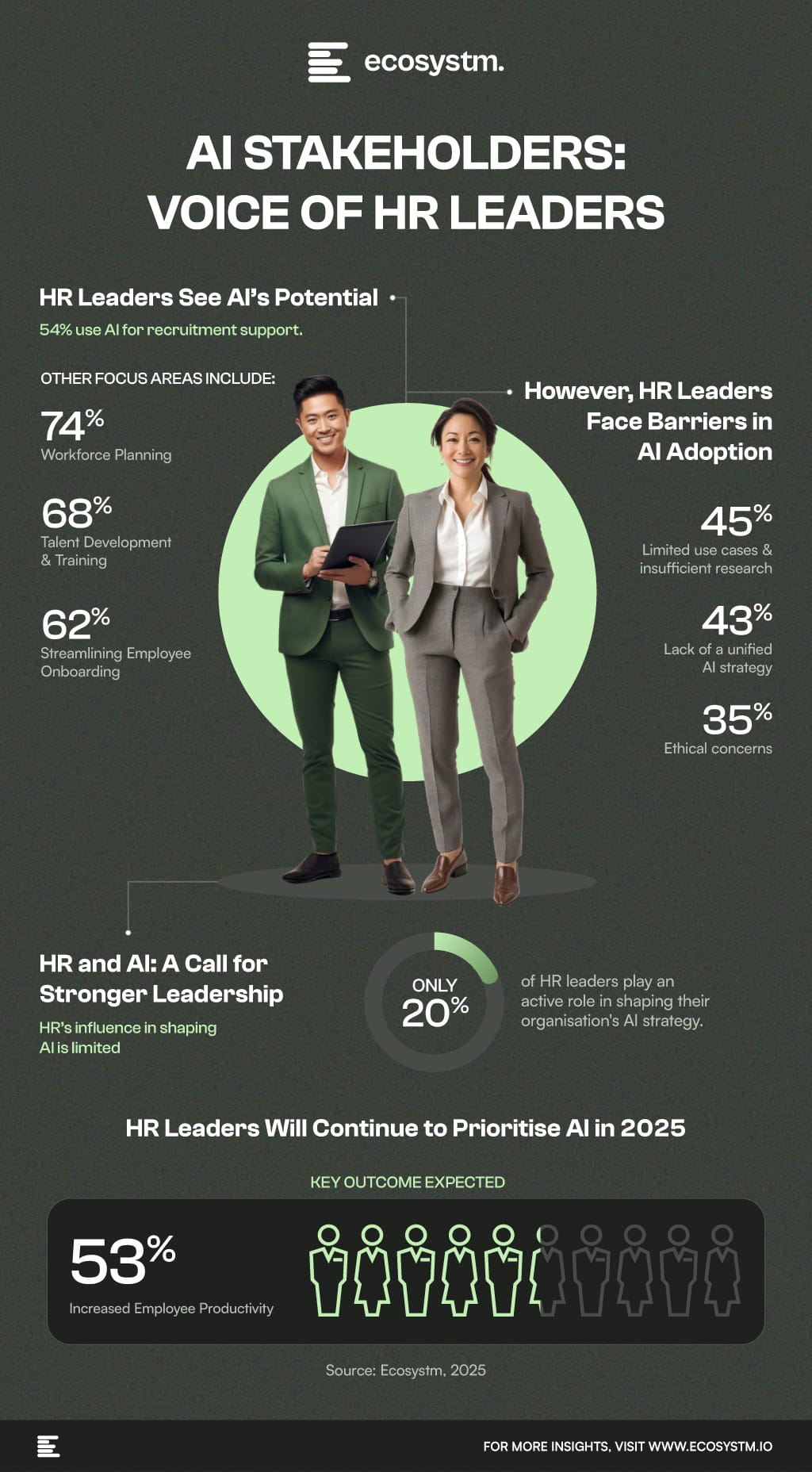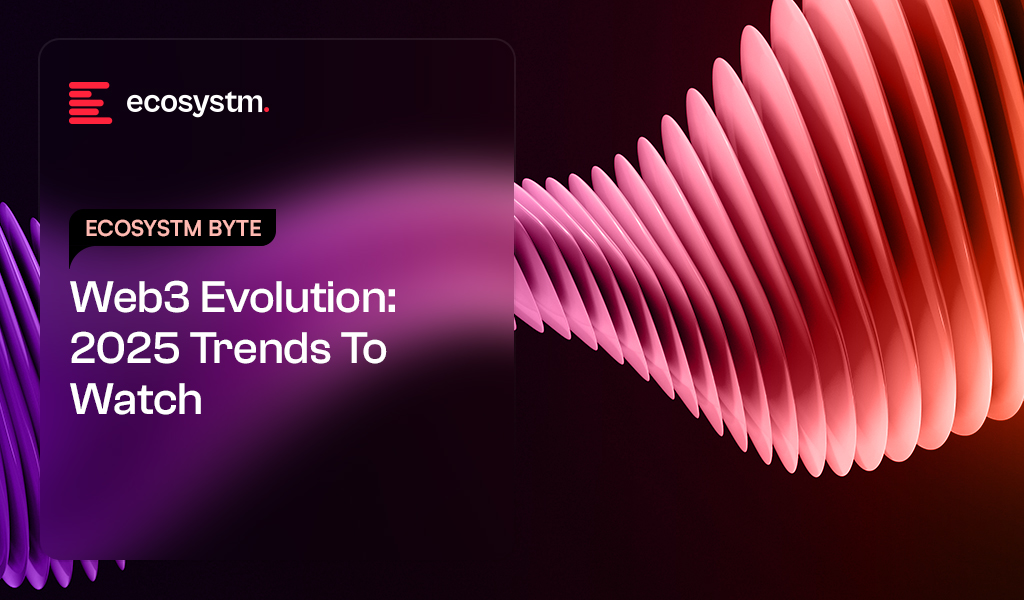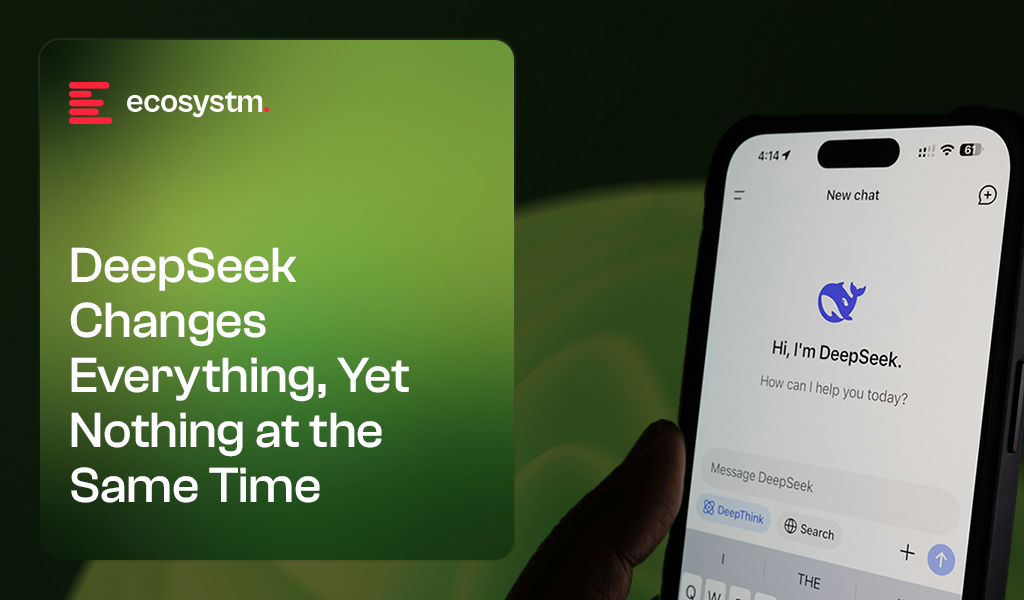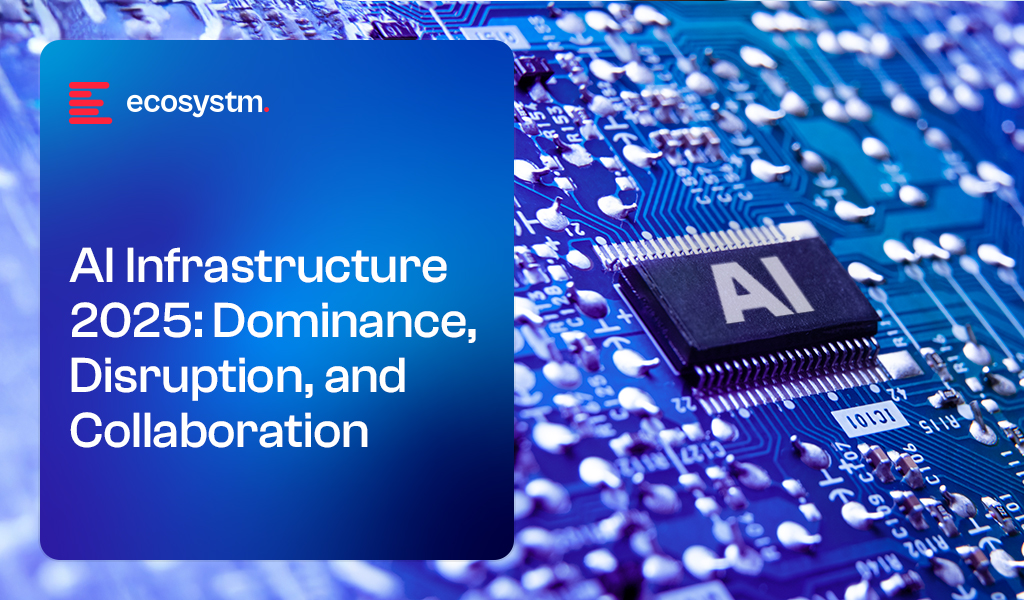For marketers, the “golden goal” has always been to deeply understand customers, enabling more effective cross-selling, upselling, and targeted campaigns. The promise of maximising wallet share hinges on this fundamental principle. Imagine having technologies that can analyse customer journeys deeply, uncovering meaningful, real-time insights into customer behaviour and sentiment. This rich, dynamic data could empower marketing teams to move beyond static profiles, gaining immediate visibility into how customers react to campaigns, messages, and interactions across all channels.
Data Fragmentation: The CMO’s Blind Spot
However, achieving this goal has become increasingly difficult. The modern marketing stack, built upon CRM, content marketing platforms, retargeting ad solutions, social listening tools, and countless other applications, often operates in silos. This wide, disconnected array of tools creates a significant challenge: making sense of the fragmented data. Efforts to truly understand customers and identify valuable prospects frequently fall short of desired outcomes. The lack of integration and the sheer volume of disparate data leave marketers struggling to connect the dots and extract actionable insights.
Unified Customer Vision: AI Agents for Intelligent Marketing
The solution lies in leveraging AI agents that operate seamlessly in the background. By implementing AI agents, CMOs can gain a comprehensive understanding of their customers, enabling them to run more effective campaigns, drive greater wallet share, and build stronger, more meaningful customer relationships.
These intelligent agents can bridge the gaps in customer data, sentiment, and campaign perception by accessing and processing information across the entire marketing stack. By learning from metadata, successful and failed campaigns, and a broad range of customer insights – including conversational and digital contact centre data – these agents can provide a unified view of the customer.
What They Bring to the Table
- Unified Data Access. AI agents can traverse siloed marketing applications, extracting and correlating data from various sources.
- Real-Time Insight Generation. They can analyse customer interactions, including social media sentiment, conversational AI data, and voice bot interactions, to provide dynamic, real-time insights.
- Autonomous Action & Adaptation. Agentic workflows can adapt to campaigns, email blasts, and lead generation activities autonomously, refining strategies and messaging on the fly.
- Content Curation & Optimisation. Content curation agents can tailor content based on real-time customer feedback and preferences.
- Proactive Opportunity Identification. By identifying gaps in customer understanding and campaign performance, AI agents can empower marketers to uncover new opportunities for engagement and growth.
Extending AI Agent Value: Practical Applications for the Modern CMO
Beyond unified data access and autonomous action, AI agents offer a wealth of practical applications that can revolutionise marketing operations. Consider the following scenarios:
- Automating Time-Consuming Tasks. Identify and offload repetitive, manual tasks associated with campaign execution and lead generation to a team of AI agents, freeing up valuable human resources for strategic initiatives.
- Enhancing Sales Pipeline Intelligence. Leverage AI agents to extract insights from sales pipelines and customer feedback, enabling data-driven campaign adjustments and improved sales alignment.
- Real-Time Sentiment Analysis. Deploy multiple AI agents to monitor customer sentiment across conversations and social media platforms, providing immediate feedback on campaign effectiveness and brand perception.
- Strategic Scenario Planning. Use AI agents to formulate and evaluate various marketing spend scenarios across different channels and agencies, optimising resource allocation and maximising ROI.
- Dynamic Campaign Monitoring. Implement AI agents to track campaign performance in real-time, allowing for immediate adjustments and optimisation.
- Event Sentiment Analysis. Employ AI to monitor customer sentiment during live events, providing immediate insights into audience reactions and engagement.
- Unlocking Conversational Intelligence. Extract valuable insights from sales conversations and contact centre interactions, feeding them into future sales strategies and upselling opportunities. This extends beyond relying solely on CRM data, providing a richer, more nuanced understanding of customer interactions.
By implementing these capabilities, CMOs can transform their marketing operations, moving from reactive to proactive, and ultimately driving greater customer engagement and business success.
The “Wow” Factor: Agentic AI and Unified Data
Ultimately, the pursuit of a seamless customer journey and deeper conversational engagement hinges on bridging the persistent departmental disconnect. Despite each team interacting with the same customer, data remains siloed, hindering a holistic understanding and unified approach.
The missing link lies in fostering a dynamic, interconnected data ecosystem where insights from campaigns, social listening, contact centre conversations, chatbot interactions, VoC programs, marketing applications, and CRM flow freely and mutually reinforce each other.
This is where Agentic AI steps in. By empowering AI agents to adapt and act autonomously across these diverse data sources, we create a symphony of customer intelligence. These agents, working in harmony, unlock the potential for real-time, actionable insights, enabling marketers to craft truly exceptional, “wow” moments that resonate deeply with customers. In essence, Agentic AI transforms fragmented data into a unified, powerful force, driving unparalleled customer experiences and forging lasting brand loyalty.




